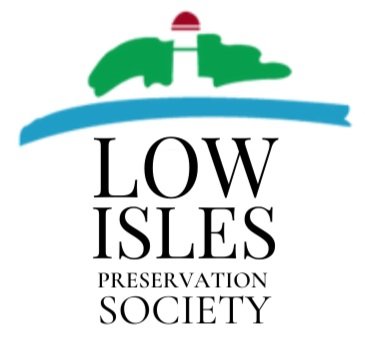Join Dr Sarah Hamylton as she shares how her team are building on historic research to understand changes at Low Isles and its reef.
The world’s first scientific expedition to a coral reef went to Low Isles, where the work engaged with themes that resonate with today's coastal enthusiasts: underwater adventure, gender equality, climate change and a scientific legacy that lives on.
The 1928-29 Great Barrier Reef Expedition marks an important milestone in the evolution of modern coral reef science, from its nineteenth century theoretical and deductive foundation - to the twentieth century focus on empirical and analytical studies. We begin by considering the expedition, its involvement of women and local Indigenous community members, its immediate scientific achievements and its longer-term legacy. This truly interdisciplinary expedition was housed at Low Isles for 13 months. Investigations involved meticulous microscopic work and painstaking laboratory and field observation, measurement and experimentation, cataloguing linkages between reef habitats, tidal processes and physical and chemical properties of water, as well as the first ever detailed quantitative inventory of life on the reef. We outline the Expedition’s major achievements, many of which continue to be relevant in modern reef science, not least in providing an exceptional set of ecological and geomorphological benchmarks against which a century of ecological and morphological change has been assessed. We conclude by outlining our work monitoring changes to the sand cay, shingle ramparts and mangrove forest on the reef flat at Low Isles by bringing together old maps, aerial drones and coring sediments.
Who
Dr Sarah Hamylton (Associate Professor) and Brooke Conroy (PhD candidate)
School of Earth, Atmospheric and Life Sciences
University of Wollongong (UOW) NSW 2522
When
Sunday June 11, 2023
6pm – 7pm
45 minute presentation will be followed by a Q & A
Admission
Free but please register your intention to attend
Where
Port Douglas Community Hall
Mowbray St, Port Douglas
About Sarah
Sarah M. Hamylton is an Associate Professor at the School of Earth, Atmospheric and Life Sciences at the University of Wollongong, NSW where she specialises in the spatial analysis of coastal environments.
In particular, Sarah is interested in the development of Geographical Information Systems (GIS) and Remote Sensing (RS) models to further understand tropical coastal systems-coral reefs, mangroves and seagrasses.
Her maps have helped establish marine protected areas, and her models of how climate change impacts coral reefs have informed national coastal policies.
Sarah has worked extensively on management issues such as marine pollution, deforestation of mangroves and the establishment of marine protected areas, collecting and using information (particularly in the form of digital maps) to aid management decision-making in coastal environments.
Early in her career, she balanced roles in conservation organisations, including at the United Nations, with her PhD studies at the University of Cambridge. Since arriving in Australia and at UOW, Sarah has continued field research on remote coral reefs, such as Cocos Atoll, Lizard Island and other islands in the Great Barrier Reef.
Sarah has written several books and a considerable list of articles for respected journals on the subject of spatial analysis in coastal environments.
Current Positions
Associate Professor, School of Earth Atmospheric and Life Sciences
President, Australian Coral Reef Society
Director, Spatial Analysis Laboratory, University of Wollongong
Qualifications
PhD, University of Cambridge, UK (July 2010)
MPhil GIS and Remote Sensing, University of Cambridge, UK (Distinction, 2006)
M.Env.Sci, University of Southampton, UK (Distinction, 2003)
“I enjoy spending time in coastal environments, particularly bobbing about on boats, floating above reefs and walking on beaches with our dog. I love finding new ways to explain and predict how the coast behaves, particularly through spatial analysis.
I am also passionate about eating burritos, reading about uncontacted tribes and dreaming up adventures with my family (in no particular order).”
“I love science. To do the sort of structured enquiry that addresses contemporary coastal research challenges, it is necessary to find data for analysis that is both creative and critical. This might involve scuba diving, making digital maps from satellite images or developing spatial models to express my understanding of coastal phenomena. All of this makes for an exciting career that never gets boring.”

